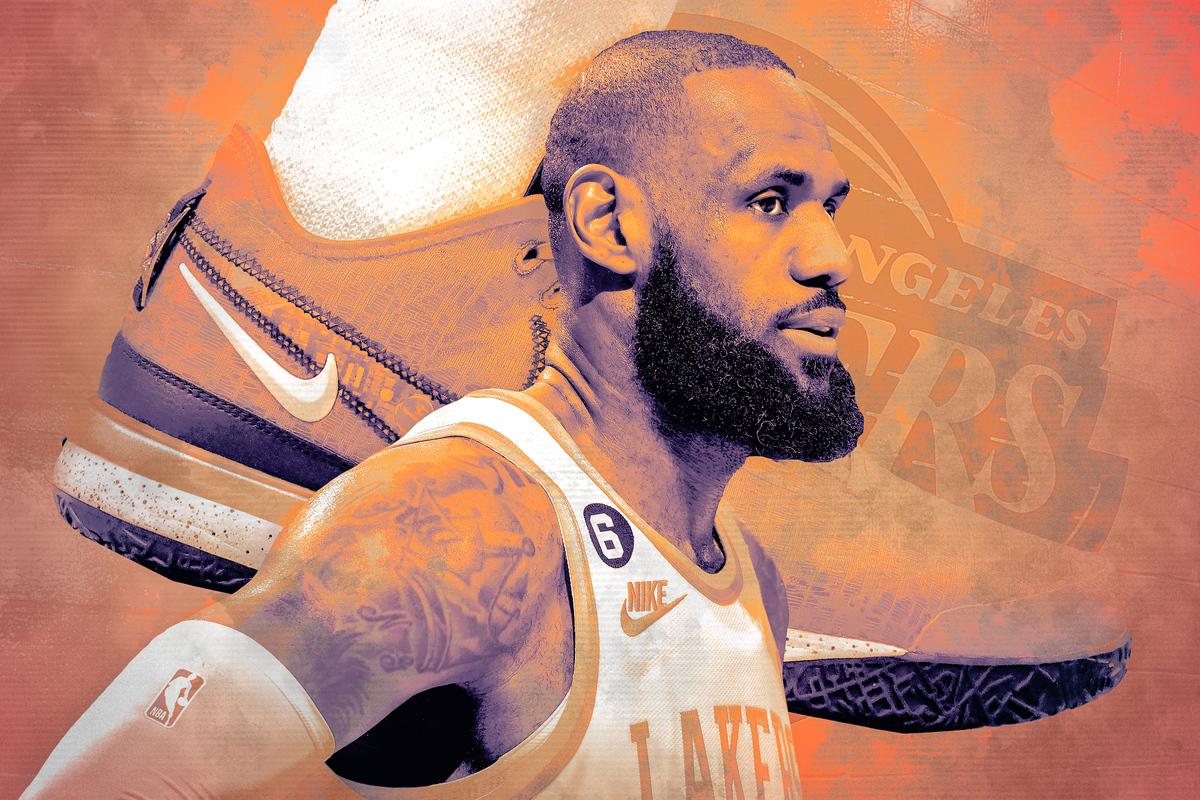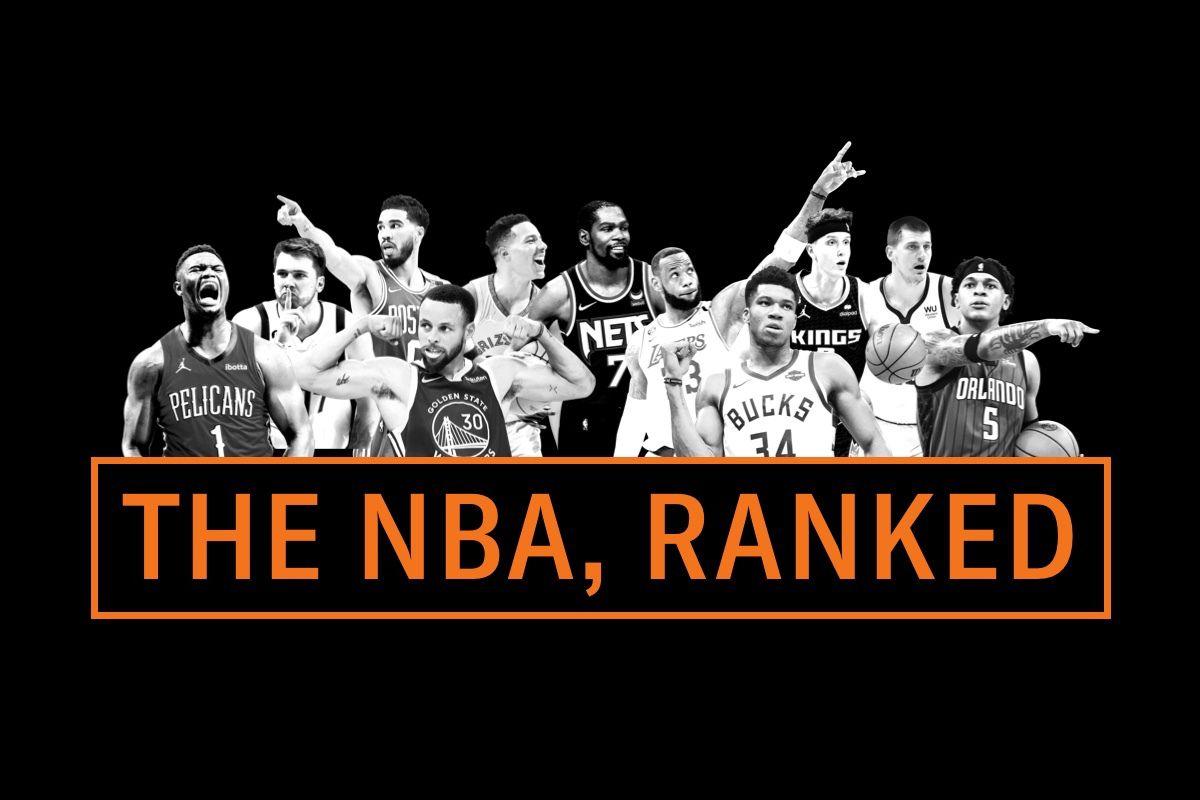
After many months of drama and discontent, the sun was finally beginning to shine over the 2022-23 Los Angeles Lakers. They nailed the trade deadline, remaking their rotation for a relative bargain. They embarked on a three-game winning streak capped by a 27-point comeback against the Dallas Mavericks. And their competition in a crowded Western Conference faltered: The Pelicans and Timberwolves kept losing, while the Thunder sat Shai Gilgeous-Alexander and found a losing streak of their own.
And then a great, scary cumulonimbus blotted out that sun, in unity with the aberrant storm battering Southern California. LeBron James hurt his right foot in that win over Dallas, and the team fears he’ll miss multiple weeks. The Lakers’ faint optimistic hopes are gone as quickly as they arrived.
On Monday, before the announcement of LeBron’s injury, The Ringer’s NBA Odds Machine gave the Lakers just a 23 percent chance to make the playoff field. After two weeks of a LeBron absence are accounted for—which seems like a conservative estimate—those odds are now 18 percent, lower than those of every team in the West other than Portland, Houston, and San Antonio.
For the Lakers, it’s hard to overstate the magnitude of missing a player of LeBron’s stature and importance. The 38-year-old ranks eighth in the NBA in scoring average, at 29.5 points per game, and with Russell Westbrook gone, he leads his team in assists, too. The NBA’s career scoring champion remains a top-10 player even at his advanced age.
Fellow star Anthony Davis might help pick up the slack as the Lakers’ new primary option. With LeBron off the floor this season, the Lakers have been outscored by 8.5 points per 100 possessions, according to Cleaning the Glass—but when Davis plays without LeBron, they have a positive scoring margin (plus-2.6 per 100).
For a stretch earlier this season, Davis appeared to regain his All-NBA form. Although he’s been more inconsistent since returning from an injury of his own in late January, he enjoyed his best game of the last month against Dallas, with 30 points and 15 rebounds on 12-for-20 shooting.
Yet even if Davis elevates his game to compensate for LeBron’s absence, and does so every game, removing the best player from the Lakers’ rotation has trickle-down effects. Perhaps Davis can help them hold steady for some 33 minutes every game—but what happens in the 15 LeBron-less, Davis-less minutes? Or, in a worst-case scenario, if the injury-prone big man has to miss any games as well? Deadline pickup D’Angelo Russell is already out with an ankle injury, removing one avenue toward increased scoring elsewhere on the roster.
At 29-32, in 12th place in the West with only a quarter of the season remaining, the Lakers had no remaining margin for error. To become truly competitive, they needed their trade acquisitions to lengthen the rotation, and for Davis to stay healthy and play like an All-NBA candidate, and for LeBron to stay on the floor.
That plan is already foiled, less than a week into the post-All-Star-break sprint. Perhaps that isn’t a surprise, given how tenuous some of those planks were; a significant injury is unfortunately familiar for the Lakers’ version of LeBron, who had been one of the most durable players in the league through his 20s and early 30s. In the first 15 seasons of his career, all before he became a Laker, LeBron missed double-digit games in a season only once, when he took a two-week break while a member of the Cavaliers in 2014-15. But in four full seasons as a Laker, LeBron has missed, in order, 27 games, four games, 27 games, and 26 games, and he’s up to 14 games and counting this season.
In the one outlier season in that span, when LeBron stayed mostly healthy, the Lakers earned the West’s no. 1 seed and won the championship. In the other seasons, they missed the playoffs twice and fell to the play-in bracket once, which led to a first-round elimination.
A third playoff miss looks extremely likely. The Lakers aren’t completely doomed, at least as long as some rival teams’ stars—Gilgeous-Alexander and Zion Williamson—are out too, but they could lose lots of important ground even if LeBron’s absence is only two weeks. Between now and mid-March, the Lakers play four games against other teams in the West’s play-in jumble (Thunder, Timberwolves, Warriors, and Pelicans). They also play the Grizzlies twice and the surging Knicks, and they won’t be favored in any of those matchups.
And projecting further forward, even if the Lakers somehow still manage to sneak into the play-in round, they’ll probably be a 9- or 10-seed, meaning they’d need to win two games in a row just for the right to face the conference-leading Nuggets in the first round.
Lakers’ Projected Finish
While in theory, the Lakers could benefit from shutting down an injured LeBron and regrouping for next season—the no. 5 spot in the “reverse” standings for the fifth-best lottery odds is wide open!—that isn’t an option, either, because the Pelicans hold swap rights on the Lakers’ first-round pick. As of Tuesday morning, the Odds Machine gives the Lakers a 3 percent chance of landing the no. 1 pick and shipping it, and the rights to Victor Wembanyama, to New Orleans.
The Lakers didn’t want to end up in this position; neither did LeBron, who wants a fifth title and said during the All-Star break that the remaining schedule would comprise “23 of the most important games of my career for a regular season.”
“I hope,” LeBron continued, “I can figure out a way to just make sure that I’m available on the floor every single night for these 23 games to give us a chance.” But his foot didn’t cooperate, so the 2022-23 Lakers will have to play their most important games without their most important player.



